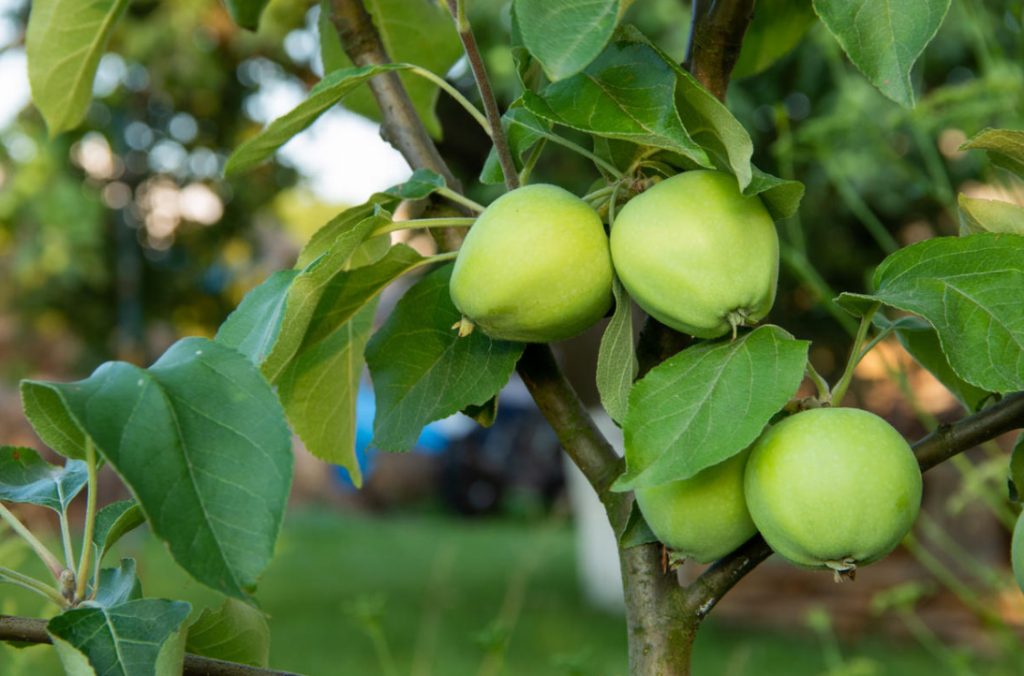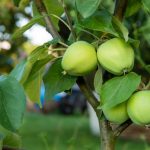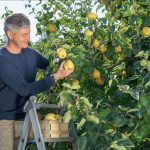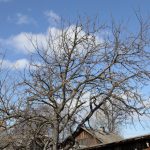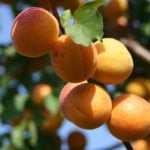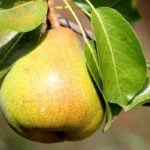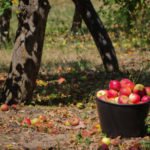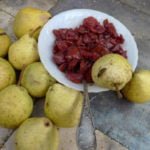The boarding process
Planting a seedling in a prepared pit is a pleasant and easy process. First, “plant” a peg for garter (trees on a dwarf rootstock should leave it for life), and then place the seedling. Tie up the plant with an eight (and necessarily-freely), if necessary, under the rope or wire, put a cushioning material. If the seedling has a label, be sure to loosen it. Remember that the tree grows to a thickness of at least 1 cm per year, and injuries to the bark are very dangerous. It’s a shame to lose it over such small things.
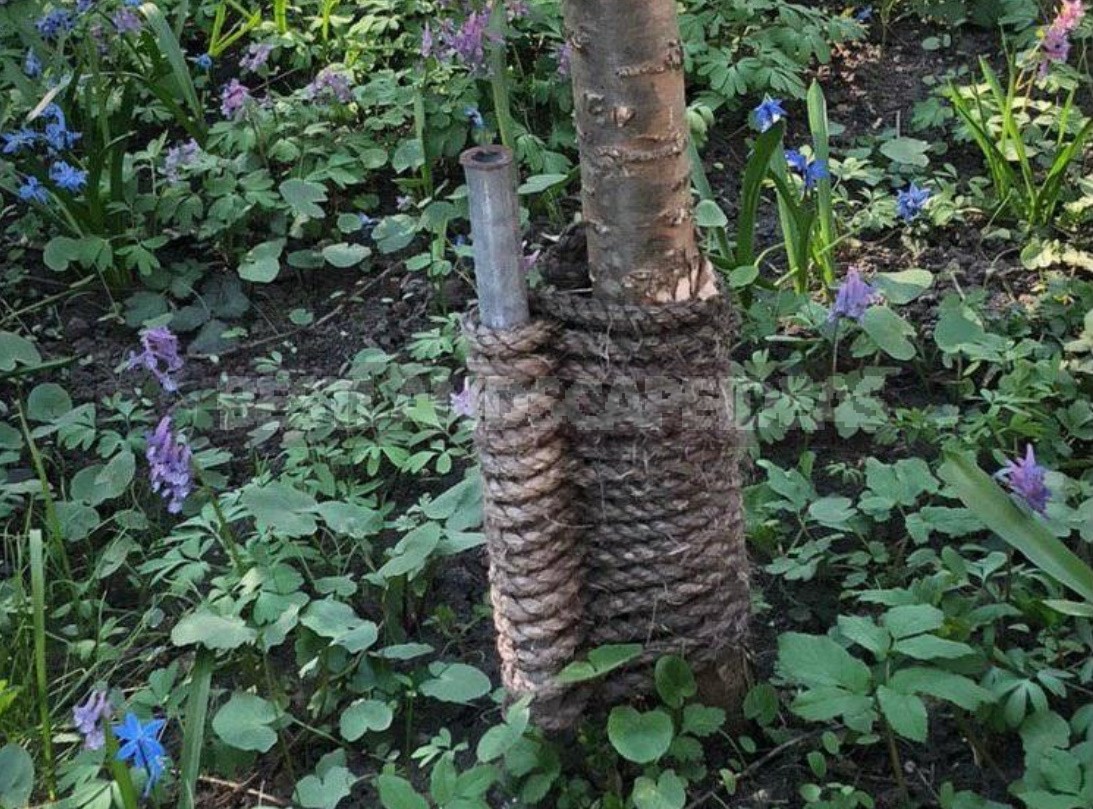
Before planting, hold the seedling in water for at least a few hours so that it is saturated with water. Remove the plant from the pot, spread the roots. If they entwine the clump too tightly, make several vertical incisions 1-1. 5 cm deep to encourage the formation of new roots.
If necessary, perform sanitary pruning of both the aboveground part and the root system. Be sure to adjust the height of the root neck. To do this, it is convenient to throw the Board over the edge of the pit and use it as a level; and if you plant a lot of trees, make a semicircular cutout in your Board for the stem, this will significantly speed up the work.
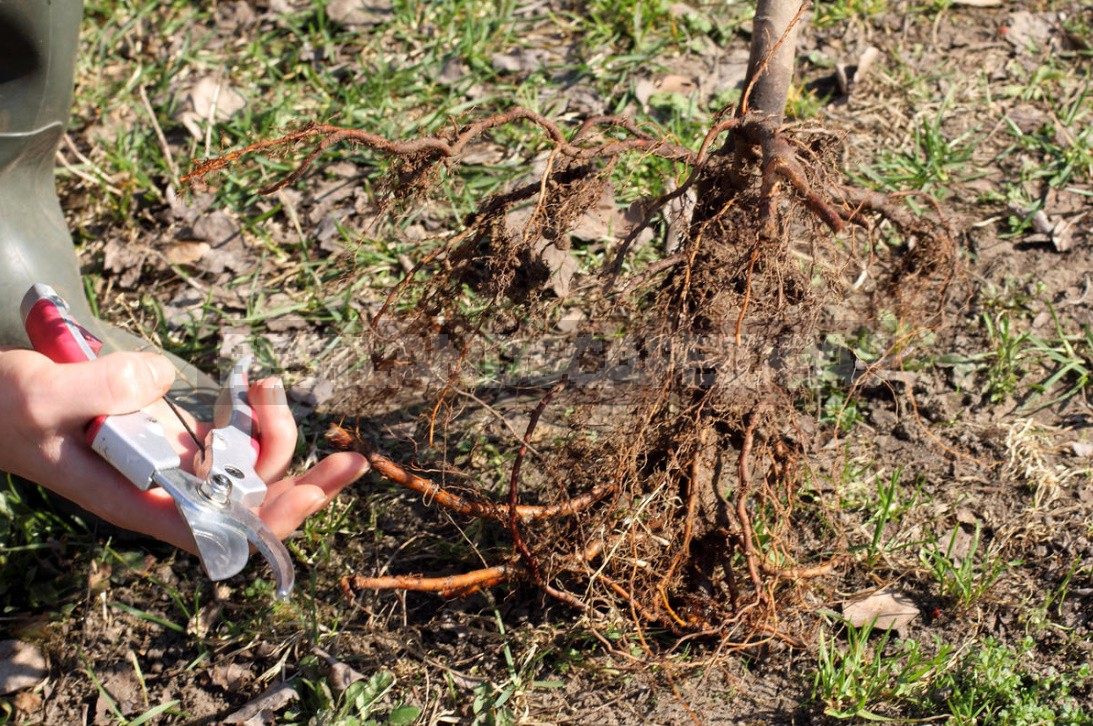
The root neck is the area where the trunk passes into the roots, and the place of grafting in the root neck is located a few centimeters higher. In trees, it is absolutely impossible to bury the root neck: the plant will develop worse and may die. Given the fact that the soil will settle, when planting the root neck should be slightly higher than the soil level — later you can add more, it is much easier than transplanting the plant, and trees older than 5 years are better not to bother with this procedure.
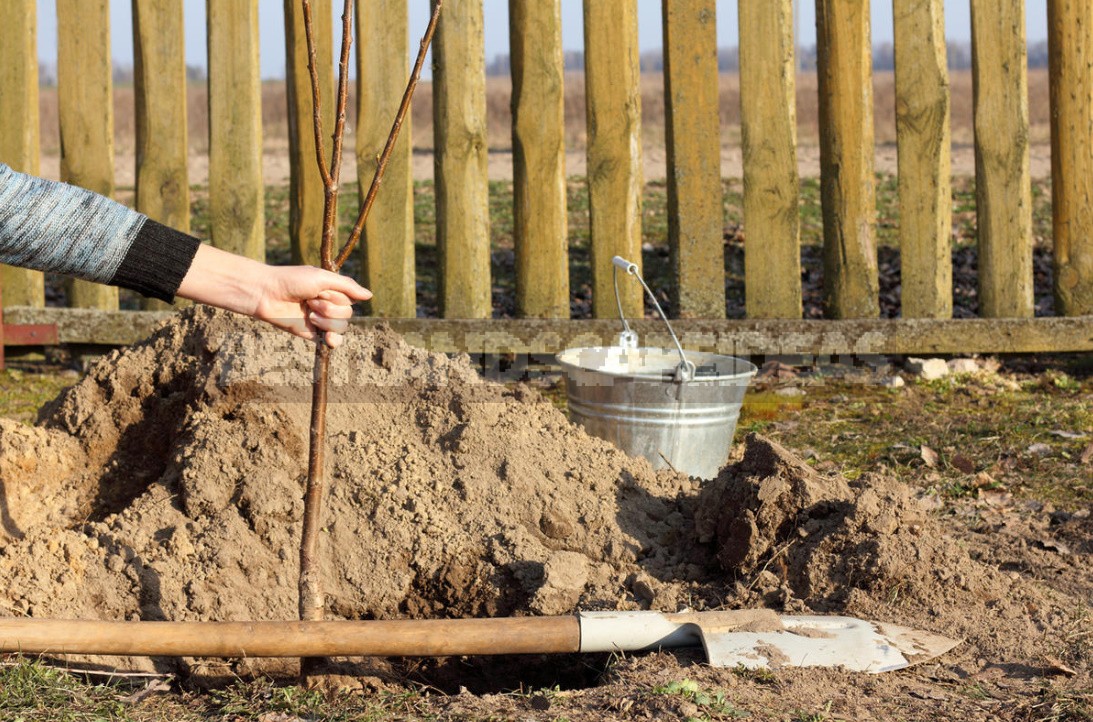
Seal the soil (the easiest way to do this is with your feet), putting the toe to the stem, and the heel to the outside, if necessary, fill the soil. Around the perimeter of the landing pit, make a roller that restricts the trunk circle; for this purpose, even not very good soil, such as the lower layers of soil extracted from the landing pit, is quite suitable.
Pour well so that the soil settles (and in rainy weather, too). Even a small tree needs several buckets of water. He will like regular watering, especially important during the first year of life in a new place (however, fruit crops are very responsive to any care measures).
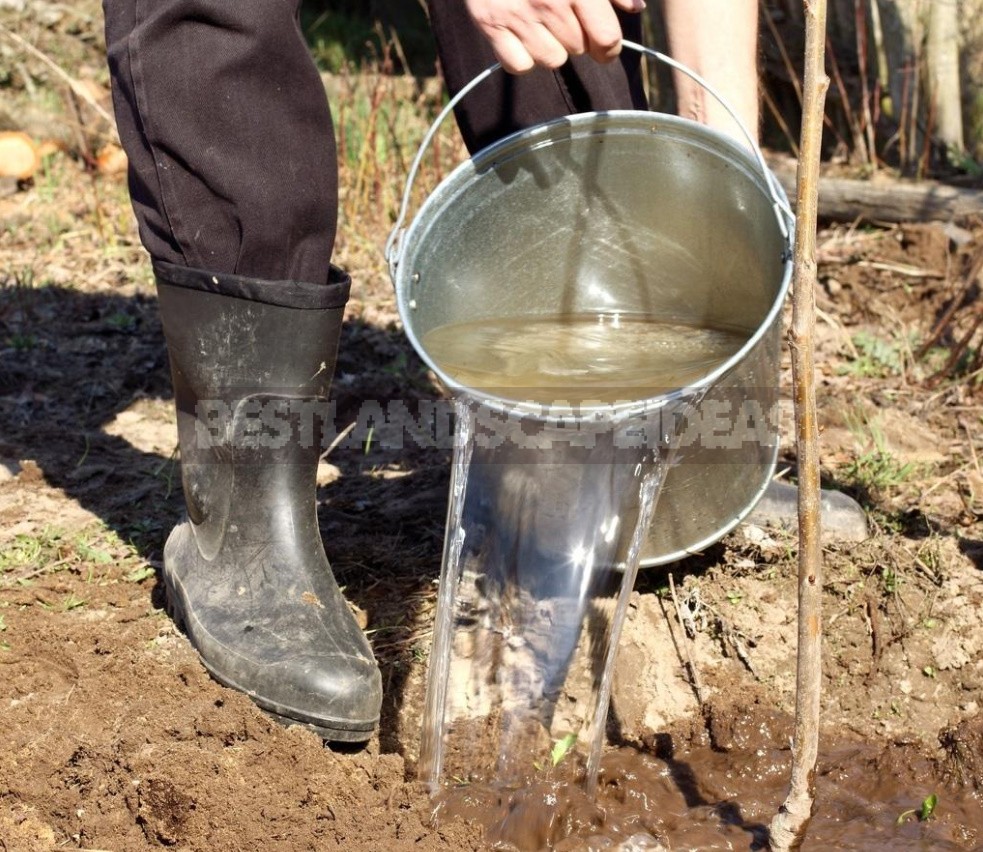
Mulch the barrel circle to retain moisture and limit the growth of weeds. Root formation stimulants are inexpensive and very useful drugs, but you should accurately observe the dosage specified by the manufacturer: excess is worse than lack.
The soil between the trees is usually kept under cover — and grassy vegetation is regularly mown. It is highly desirable to keep a well-defined trunk circle, cleared of other plants, for the first 5 years after planting, this will create better conditions for the development of the root system and protect young trees from damage by the lawnmower.
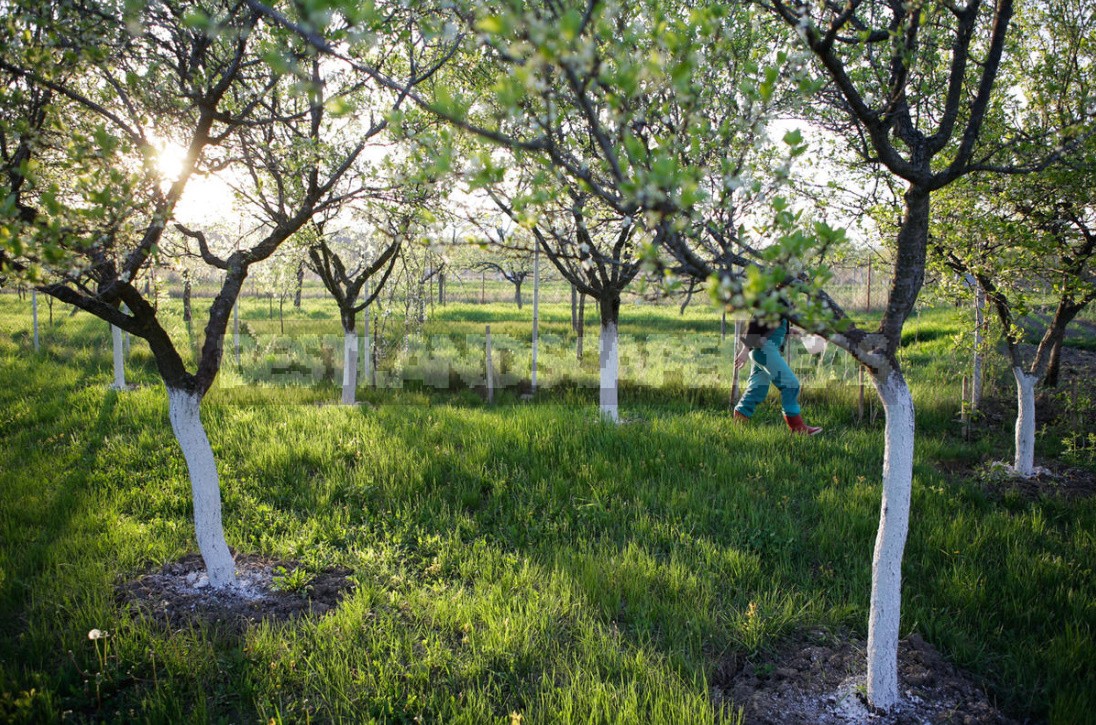
What about deadlines?
As a rule, the orchard is planted in early spring, as soon as the soil has thawed, and the buds have not yet opened. This is true for plants with an open root system: they should be planted at rest. For pome, as well as for shrubs, there is another optimal period-autumn; they begin planting from the time of leaf fall and finish about a month before persistent cold, usually the second half of September and almost all of October. But stone plants do not like autumn planting.
Seedlings with a closed root system can be planted throughout the warm season. If the plants are purchased at the very end of the season, it is better to dig them (do not forget to protect them from mice who like to eat young shoots), and plant them in a permanent place in the spring.
